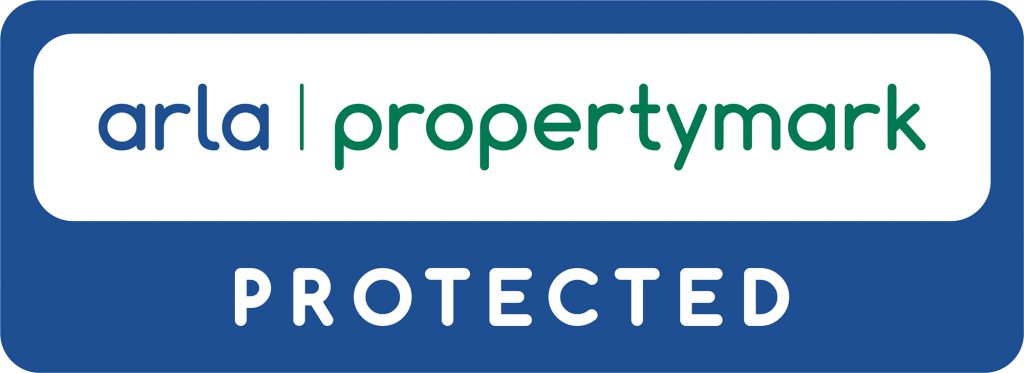Since 2008 banks have viewed lending very differently, specifically in the property sector. Oddly banks now have less apatite to lend to Landlords who hold a portfolio of properties and now have more stringent criteria when doing so. Naturally, you would assume that when a landlord with a portfolio requires finance, it would be easier as they would be able to show a proven track record in purchasing and renting property, but in the property crash, these loans stung the banks the most.
Some lenders won’t lend at all to portfolio landlords, those that do will most likely have varied requirements. They will require a low LTV, this means Loan To Value, i.e if a landlord has 95% debt against his current properties, this would be deemed risky because if there was a drop in property prices, a landlord with an LTV of this level, could very quickly find themselves in negative equity. 75% Seems to be the level that lenders peg their limit at. The next requirement a lender tends to consider is the Interest Coverage Rate (ICR). This is used to determine how easily a company can pay their interest expenses on the debt. It is calculated by dividing the company’s earnings (EBIT) by the company’s interest expenses for the same period. In most instances a bank would look for an ICR of at least 2, if the coverage ratio is below 1, this would indicate that a company cannot meet its current interest payment obligations and therefore would not be in good financial health. The amount of properties is also considered, some banks peg this at say 10.
As an estate agent, we believe there are plenty of benefits to owning a portfolio, the risk is spread, the investments can be diversified and there is the potential for more gains. There is apatite in the lending market and it’s important to use the right broker to find finance at the best rate. Having someone with experience on your side means that landlords can avoid common mistakes so get in touch.
Call Ogilvy and Sneyd today on 01538 360 245 to find how we can help you!











